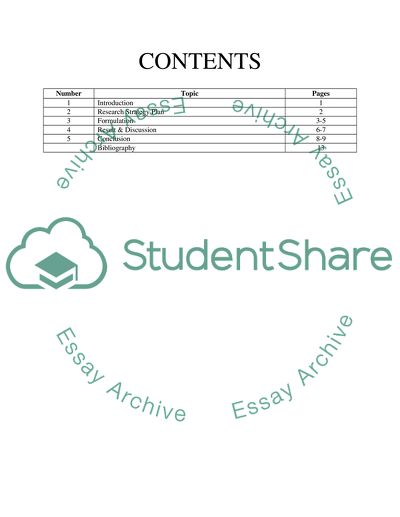Cite this document
(Aerodynamics for Engineers Research Paper Example | Topics and Well Written Essays - 2000 words, n.d.)
Aerodynamics for Engineers Research Paper Example | Topics and Well Written Essays - 2000 words. Retrieved from https://studentshare.org/engineering-and-construction/1756412-optimization
Aerodynamics for Engineers Research Paper Example | Topics and Well Written Essays - 2000 words. Retrieved from https://studentshare.org/engineering-and-construction/1756412-optimization
(Aerodynamics for Engineers Research Paper Example | Topics and Well Written Essays - 2000 Words)
Aerodynamics for Engineers Research Paper Example | Topics and Well Written Essays - 2000 Words. https://studentshare.org/engineering-and-construction/1756412-optimization.
Aerodynamics for Engineers Research Paper Example | Topics and Well Written Essays - 2000 Words. https://studentshare.org/engineering-and-construction/1756412-optimization.
“Aerodynamics for Engineers Research Paper Example | Topics and Well Written Essays - 2000 Words”, n.d. https://studentshare.org/engineering-and-construction/1756412-optimization.


